Underwater Camera Technologies: Features and Capabilities
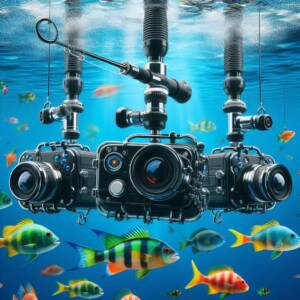
Modern underwater fishing cameras are equipped with advanced technologies that allow anglers to observe underwater activities in real time. Even in murky water, the image remains clear thanks to sensitive sensors and high-quality lenses. For night viewing, the cameras are equipped with infrared lighting; some models also support video recording for further analysis.
In addition to standard functions, cameras may have temperature and depth sensors that can assess the fish’s habitat. Some models support image transmission to smartphones or tablets via Wi-Fi, making fishing on remote bodies of water more convenient. There are also portable versions of cameras powered by batteries, making them easier to use.
The choice of an underwater camera depends on several factors such as water clarity, fishing depth, time of day, and type of fish. It’s important to consider the size of the display and the camera’s resolution, as they directly affect the quality of the image you receive.
Advantages of Using Underwater Cameras in Fishing
Underwater cameras allow anglers to see how fish behave underwater. This improves our understanding of their habits, gathering spots, and reactions to different baits. With this information, fishing efficiency can be significantly increased, as you can observe what happens at the bottom rather than relying solely on intuition.
The camera reveals fish at certain depths and specific areas of the body of water, allowing you to optimize your bait selection and strategy. This is especially useful in poor visibility, where other methods of fish detection and navigation might not work. These devices also demonstrate the fish’s actual behavior, which can help both novice and professional anglers improve their skills.
Exploring the underwater world with cameras also helps to avoid unnecessary movements and noise that might scare away fish. Thus, fishing becomes more effective while minimizing environmental impact.
How to Properly Install and Set Up an Underwater Camera
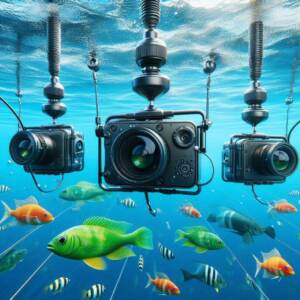
The underwater camera must be properly installed and set up to be effective. Choosing the right place to lower the camera is the first step. You should choose areas with clear water and minimal obstacles like algae or branches.
The next step is adjusting the viewing angle. Most underwater cameras can be tilted, allowing them to cover more underwater space. Positioning the camera slightly above the bottom enables observation of fish without interference.
Before fishing, it’s important to check all connections and the camera’s functionality, as well as the battery charge if the camera is portable. Once everything is ready, you can begin filming while constantly monitoring the screen and adjusting the camera’s position as needed.
Tactics for Using Underwater Cameras in Various Conditions
New possibilities for strategic planning in fishing have opened up thanks to underwater cameras. In shallow waters, the camera helps track fish moving along the shoreline or through vegetated areas. The camera allows anglers to see fish reactions to baits in real-time, making it important to monitor these responses closely.
In deeper waters, cameras help find fish gathering spots where traditional fish finders may be less effective. The camera provides a view of the bottom’s features, allowing for more accurate adjustments to gear for specific depths. Infrared lighting on the camera is especially useful in cold or murky waters.
You can also use an underwater camera to monitor fish behavior during winter under the ice. This allows you to select the most promising spots for drilling holes and track fish movements even in conditions of limited visibility under the ice.
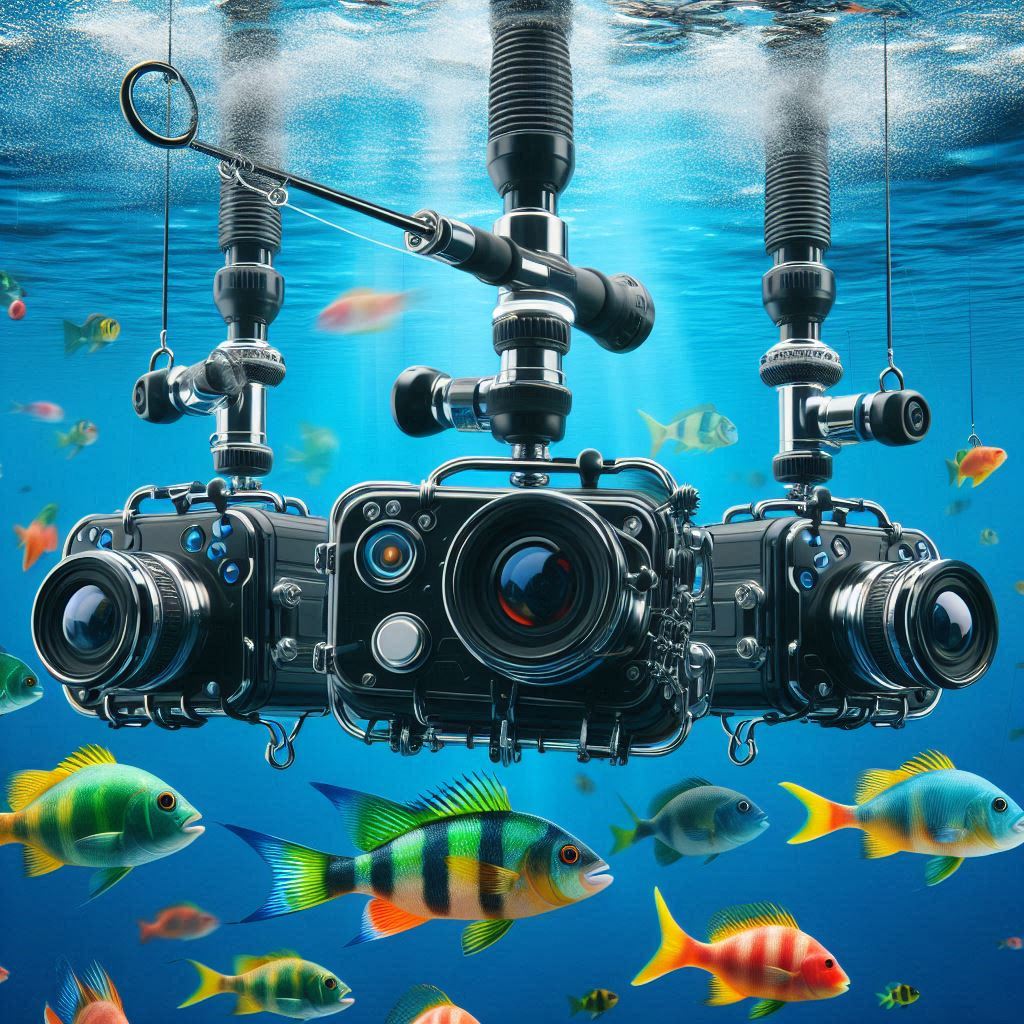
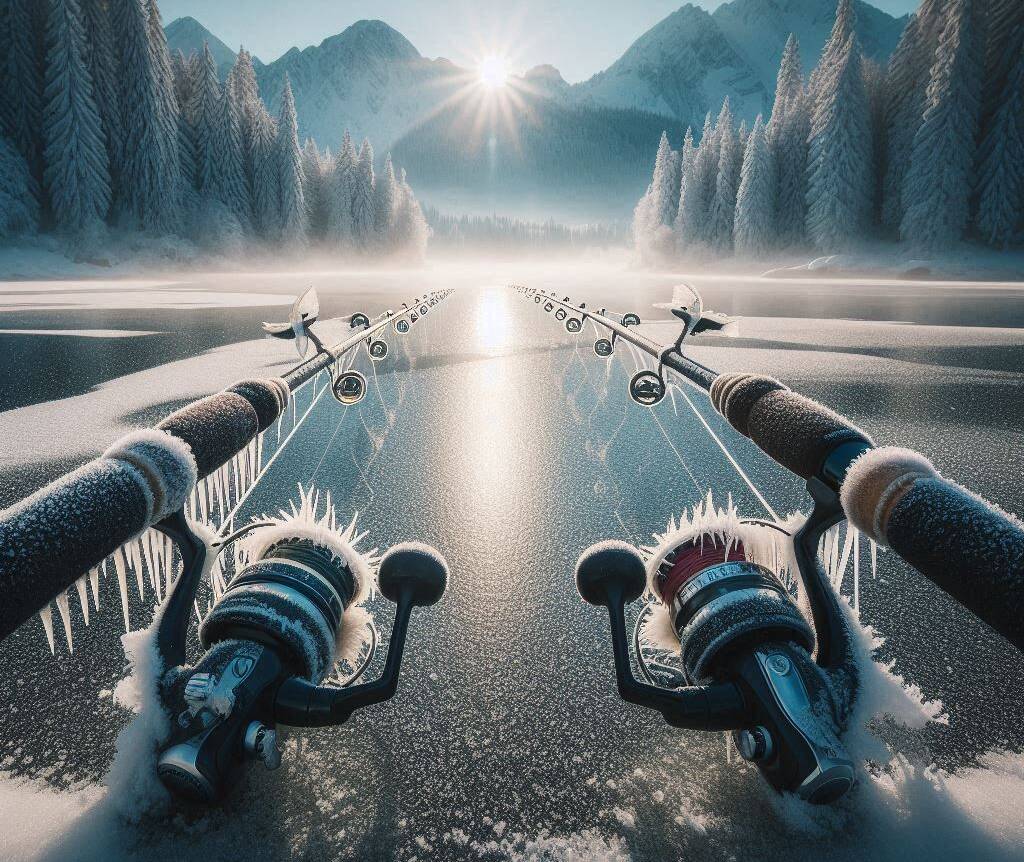
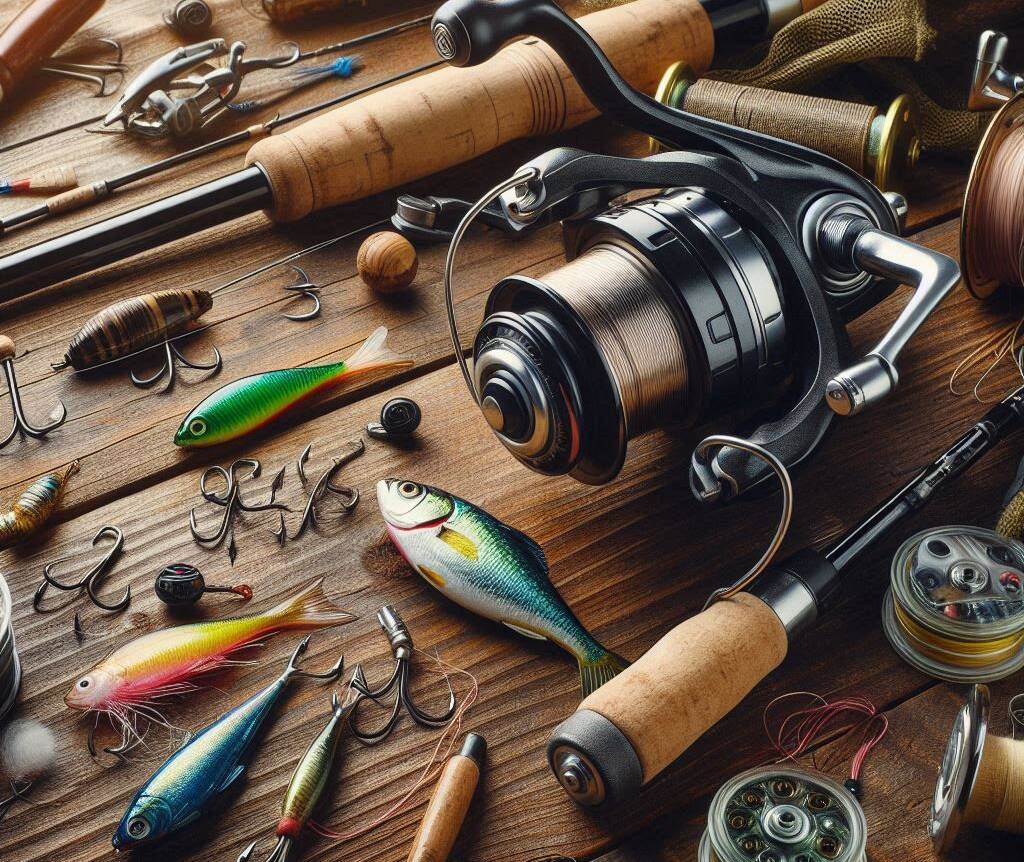
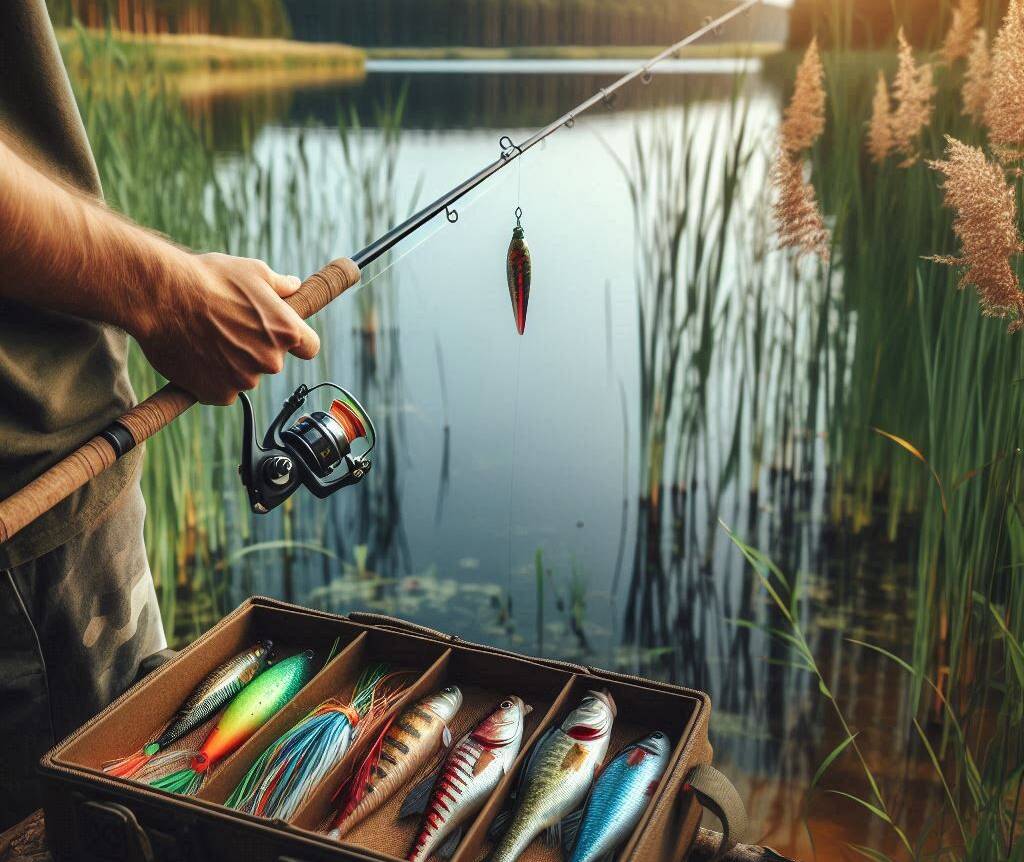

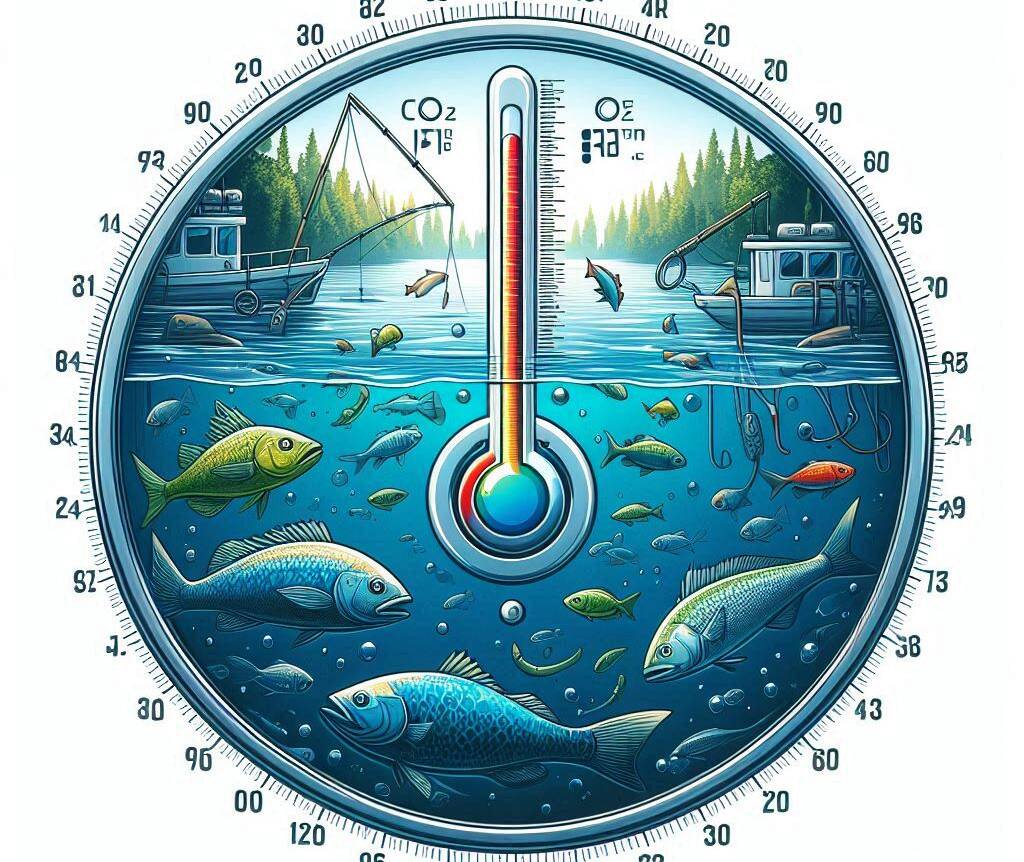
Leave a Comment
Your email address will not be published. Required fields are marked *